Growing Adoption in Healthcare
The healthcare sector is increasingly embracing additive manufacturing technologies, which serves as a significant driver for the Additive Manufacturing Machine Market. Applications such as custom implants, prosthetics, and surgical tools are gaining traction due to the ability of additive manufacturing to produce patient-specific solutions. This trend is supported by the rising demand for personalized medical devices and the need for rapid prototyping in surgical planning. Market forecasts indicate that the healthcare segment could represent a substantial portion of the additive manufacturing market, potentially reaching 25% by 2027, as more healthcare providers recognize the benefits of these technologies.
Advancements in Material Science
The evolution of material science significantly influences the Additive Manufacturing Machine Market. Innovations in materials, such as high-performance polymers, metals, and composites, expand the capabilities of additive manufacturing machines. These advancements enable the production of complex geometries and functional parts that were previously unattainable. As new materials become available, industries are likely to explore novel applications, thereby driving market growth. Recent studies suggest that the introduction of advanced materials could increase the market size by approximately 20% over the next few years, as manufacturers seek to leverage these innovations for competitive advantage.
Increased Demand for Prototyping
The Additive Manufacturing Machine Market experiences a notable surge in demand for rapid prototyping across various sectors. Industries such as automotive, aerospace, and healthcare are increasingly adopting additive manufacturing technologies to streamline product development processes. This shift is driven by the need for faster turnaround times and reduced costs associated with traditional manufacturing methods. According to recent data, the prototyping segment is projected to account for a significant share of the market, with estimates suggesting it could reach approximately 30% of the total market by 2026. As companies seek to innovate and bring products to market more efficiently, the reliance on additive manufacturing machines for prototyping is likely to intensify.
Cost Efficiency and Waste Reduction
Cost efficiency remains a pivotal driver in the Additive Manufacturing Machine Market. The ability of additive manufacturing to minimize material waste and reduce production costs is particularly appealing to manufacturers. Traditional subtractive manufacturing processes often result in substantial waste, whereas additive techniques build objects layer by layer, utilizing only the necessary materials. This efficiency not only lowers costs but also aligns with sustainability goals, making it an attractive option for businesses. Market analysis indicates that companies adopting additive manufacturing technologies can achieve cost savings of up to 50% in certain applications, further propelling the growth of the market.
Integration of Industry 4.0 Technologies
The integration of Industry 4.0 technologies into the Additive Manufacturing Machine Market is transforming production processes. The convergence of IoT, AI, and data analytics with additive manufacturing enhances operational efficiency and enables real-time monitoring of production. This technological synergy allows manufacturers to optimize workflows, reduce downtime, and improve product quality. As industries increasingly adopt smart manufacturing practices, the demand for additive manufacturing machines equipped with advanced technologies is likely to rise. Projections suggest that the market for smart additive manufacturing solutions could grow by over 15% annually, reflecting the industry's shift towards more intelligent and automated production systems.



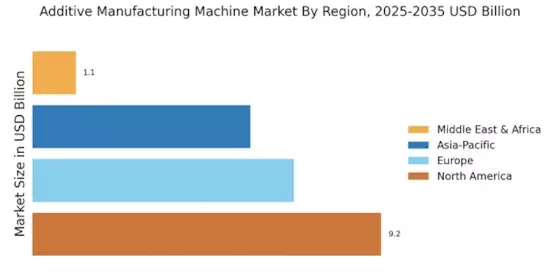
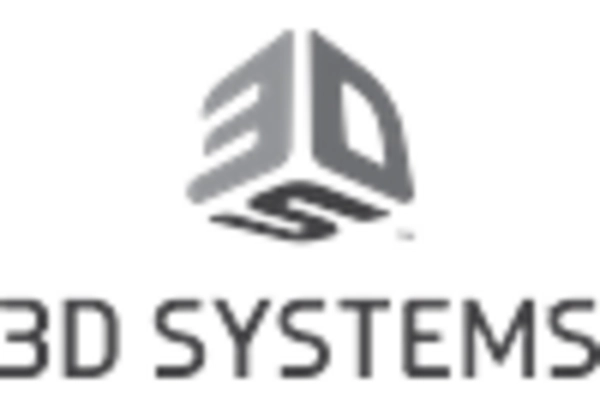
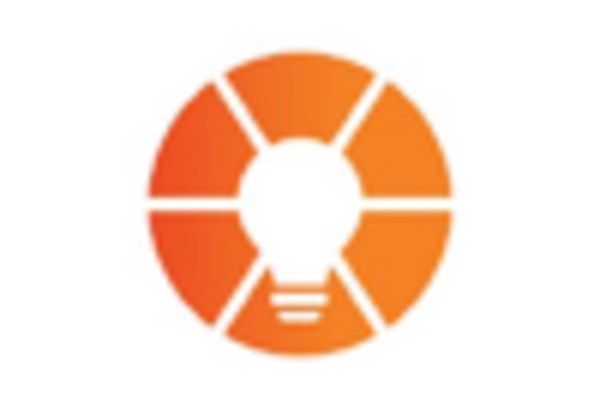

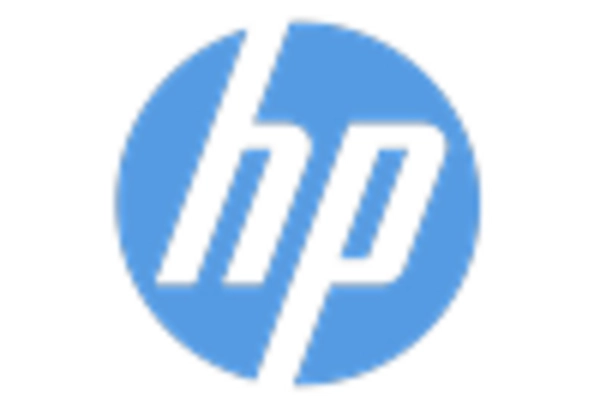
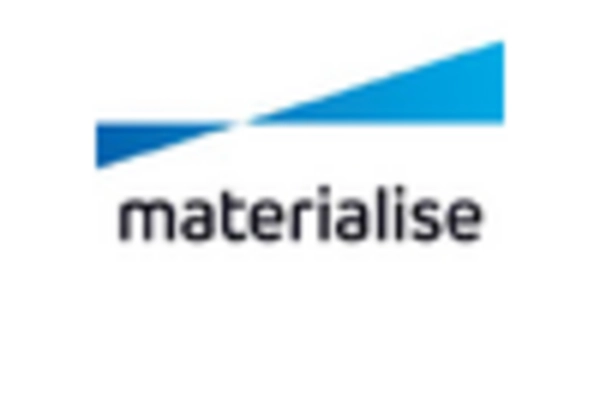
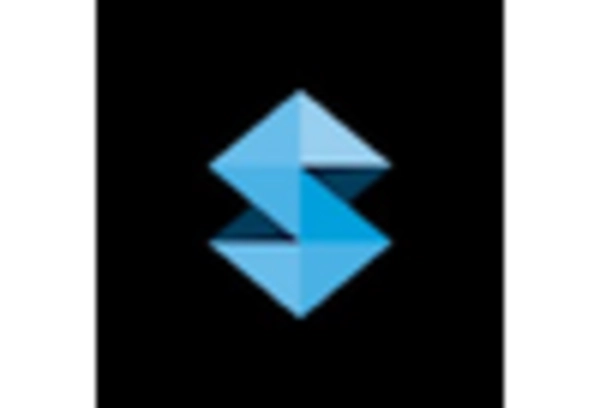








Leave a Comment